Hidden Treasures: Golden Smiles (literally!)
The “stans” — Kazakhstan, Kyrgyzstan, Tajikistan, Turkmenistan, and Uzbekistan — are about as far from the sea as one gets in Asia, and most Americans know little about them. But like every other place in the world, there’s a fair amount going on that’s worth noting.
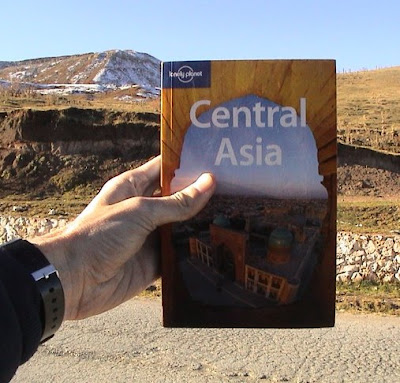
Kazakhstan is home to Russia’s space industry; it is from the Baikonur Cosmodrome that Russia shoots its rockets into the heavens.
Tajikistan holds the sad distinction of having slipped into a terrible civil war shortly after the collapse of the Soviet Union, which left between 50,000 and 100,000 dead. Today the small nation continues to suffer the effects of that devastating war and a miserable economy.
Kyrgyzstan is home to a U.S. airbase and along with Tajikistan hosts the region’s most impressive mountain range, the Pamirs, which include 24,590-foot Ismoil Somoni Peak (it was the highest mountain in the former Soviet Union, and until 1998 went by the woefully bland name of “Communism Peak”).
Uzbekistan has the disaster of the Aral Sea, the grandeur of Samarkand, and an authoritarian president whose resume includes boiling prisoners (and who, controversially, was an ally in the “war on terror” until a 2005 falling out with the US).
And then there is Turkmenistan, a nation where observers didn’t know whether to laugh or cry at the myriad quirks of its megalomaniac dictator, who died in 2006. Among the things he renamed after himself were a town, a month of the year, and the nation’s highest peak. And in the capital city, Ashgabat, a bronze statue bearing his image slowly turns during the day so that it is always facing the sun. (And this isn’t even to mention the estimated 20,000 political prisoners he had locked up in mental asylums.)
In the autumn of 2004 I spent most of four weeks in three of the Central Asian republics — Kyrgyzstan, Uzbekistan, and Turkmenistan. I relished the excellent food and outdoor café scene in the Kyrgyz city of Osh. In the Uzbek capital, Tashkent, I stood in disbelief at the incredibly aggressive tactics a prostitute used, unsuccessfully, to get my business. Also in Tashkent (and on a more positive note!) I was invited to stay in the home of a young woman and her brother, with whom I’m still in touch today. In the Silk Road towns of Samarkand and Bukhara I tried to wrap my mind around the stunning Islamic architecture with its mammoth entryways and domes. In Ashgabat, which felt more like a model than a place where people actually dwelled, I walked miles through Central Asia’s cleanest city.
While each of these places was unique, there were similarities too, seen in the Soviet-style monuments, the occasional Orthodox church or mosque, the sound of spoken Russian, and, most notable from a photographer’s standpoint, the golden smiles.
Yes, the golden smiles, which glistened and sparkled among the aged and young alike. Here are some images:
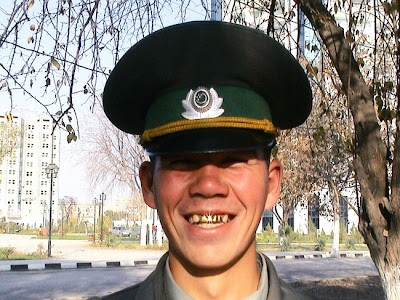
Ashgabat, Turkmenistan

Samarkand, Uzbekistan
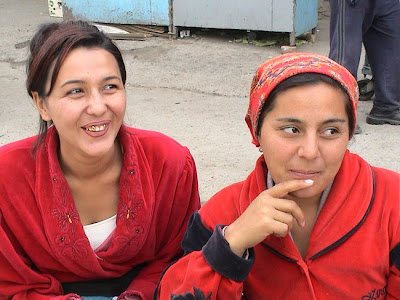
Tashkent, Uzbekistan
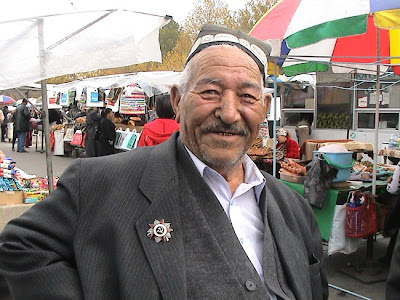
Veteran of World War II, known as the Great War in the former Soviet Union (Tashkent, Uzbekistan)
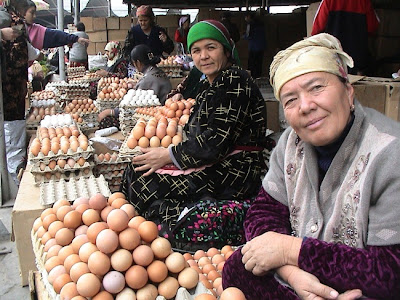
Pondering a smile, Tashkent, Uzbekistan
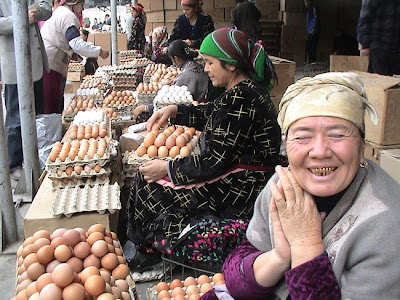
"A smile breaks forth" - Tashkent, Uzbekistan
Joel Carillet, chief editor of wanderingeducators.com, is a freelance writer and photographer based in Tennessee. He is the author of 30 Reasons to Travel: Photographs and Reflections from Southeast Asia. To learn more about him, visit www.joelcarillet.com.
-

- Log in to post comments



















